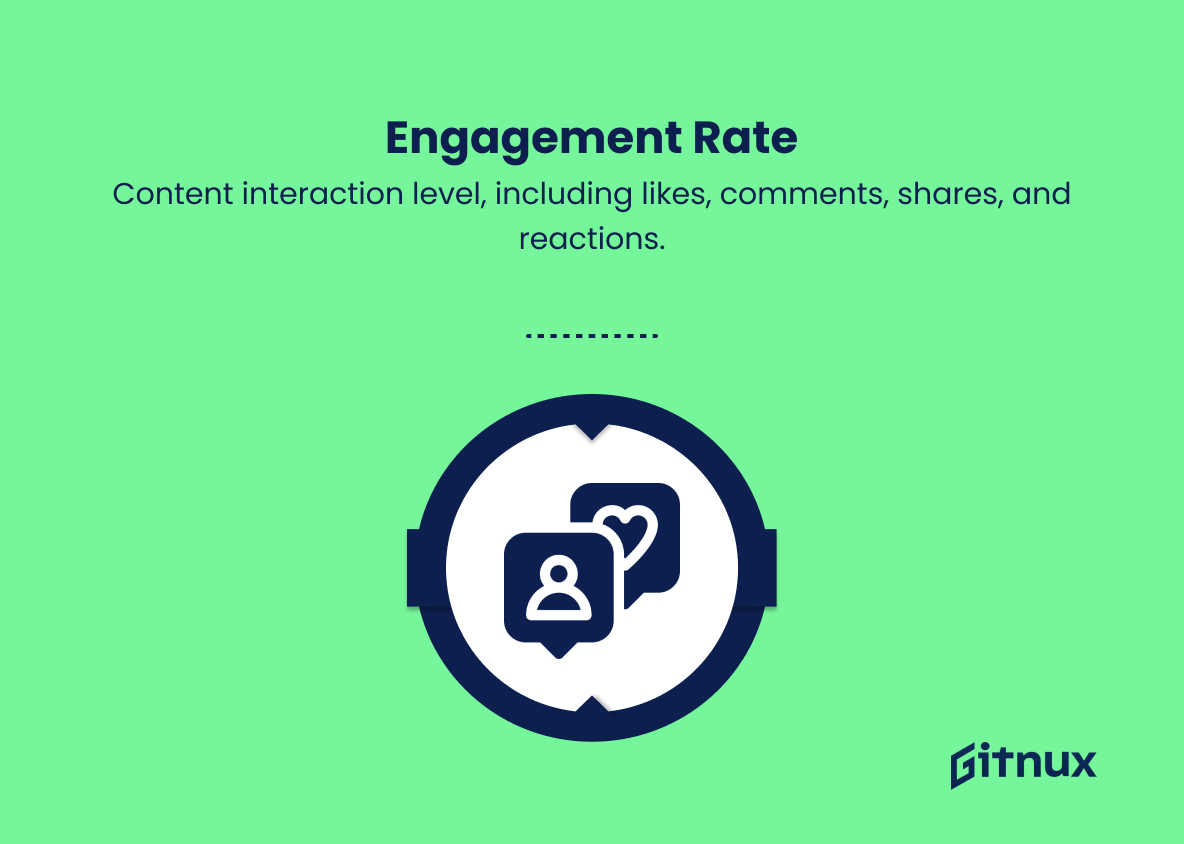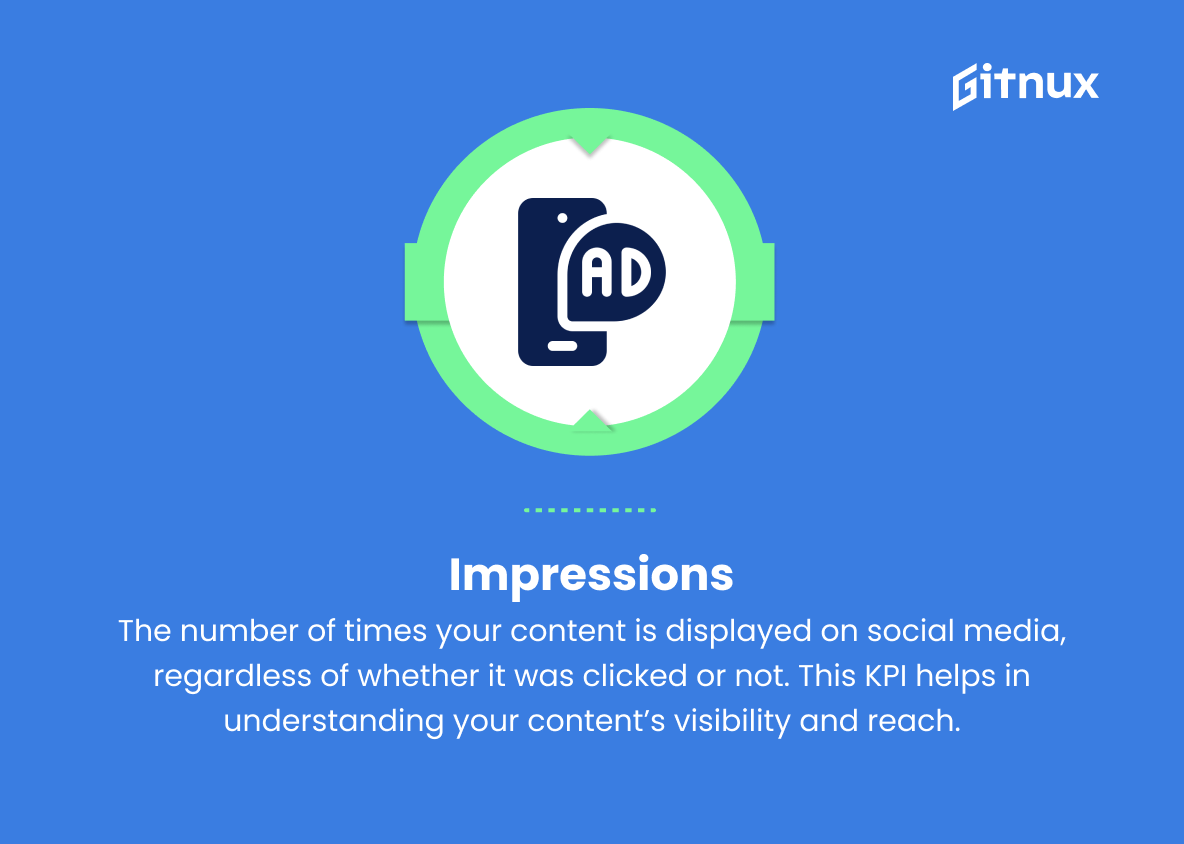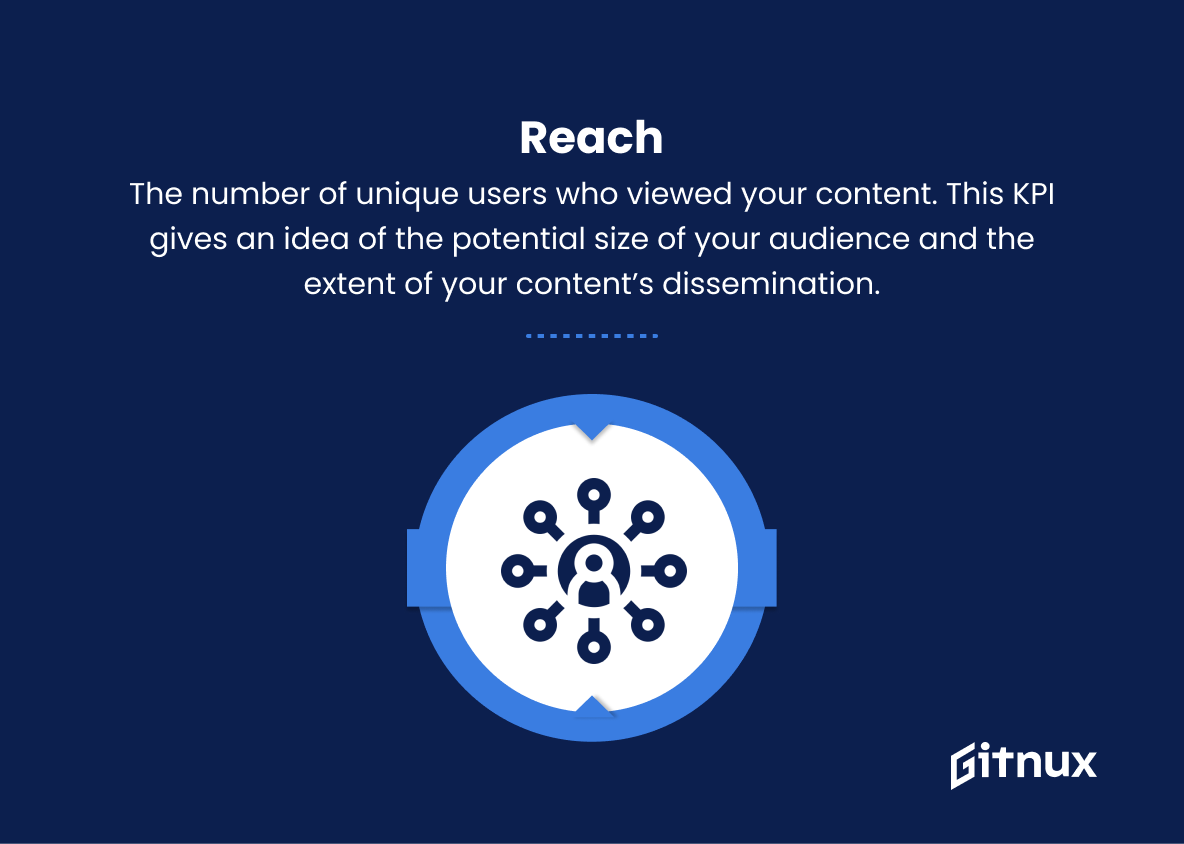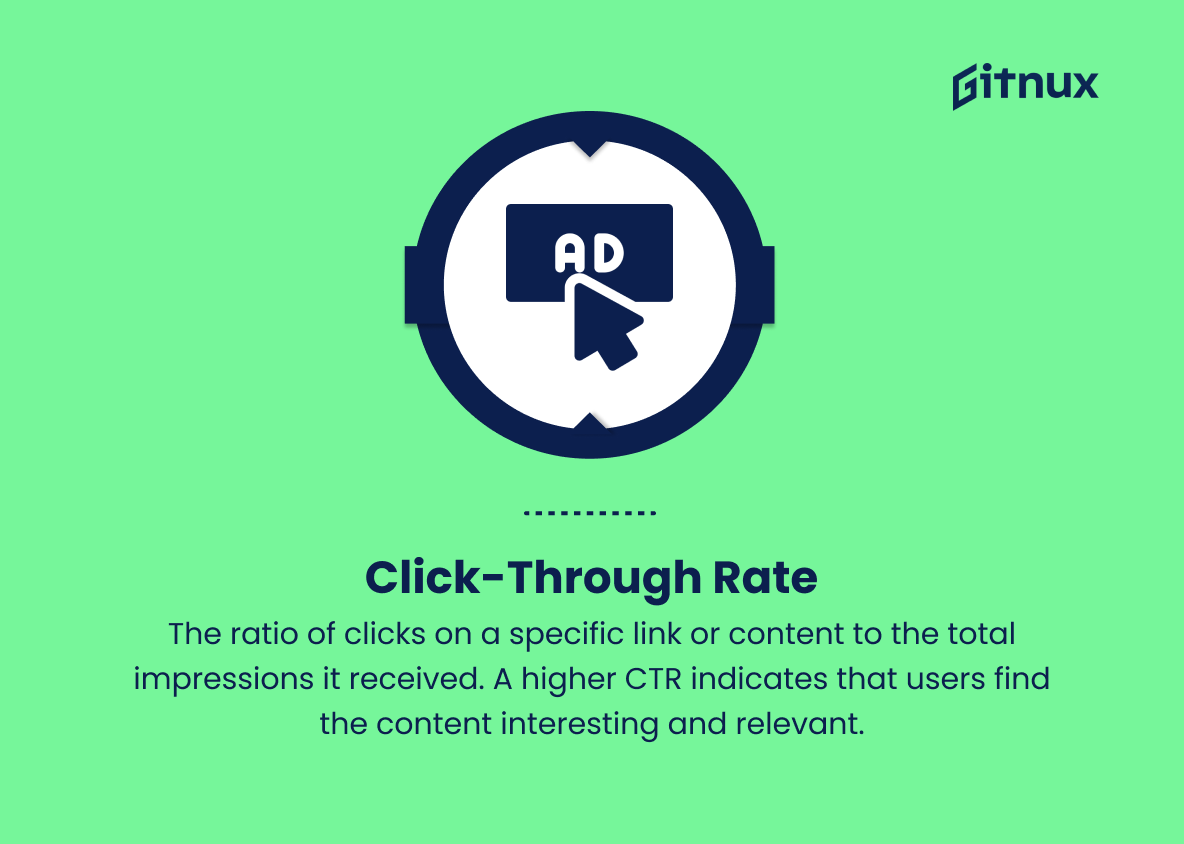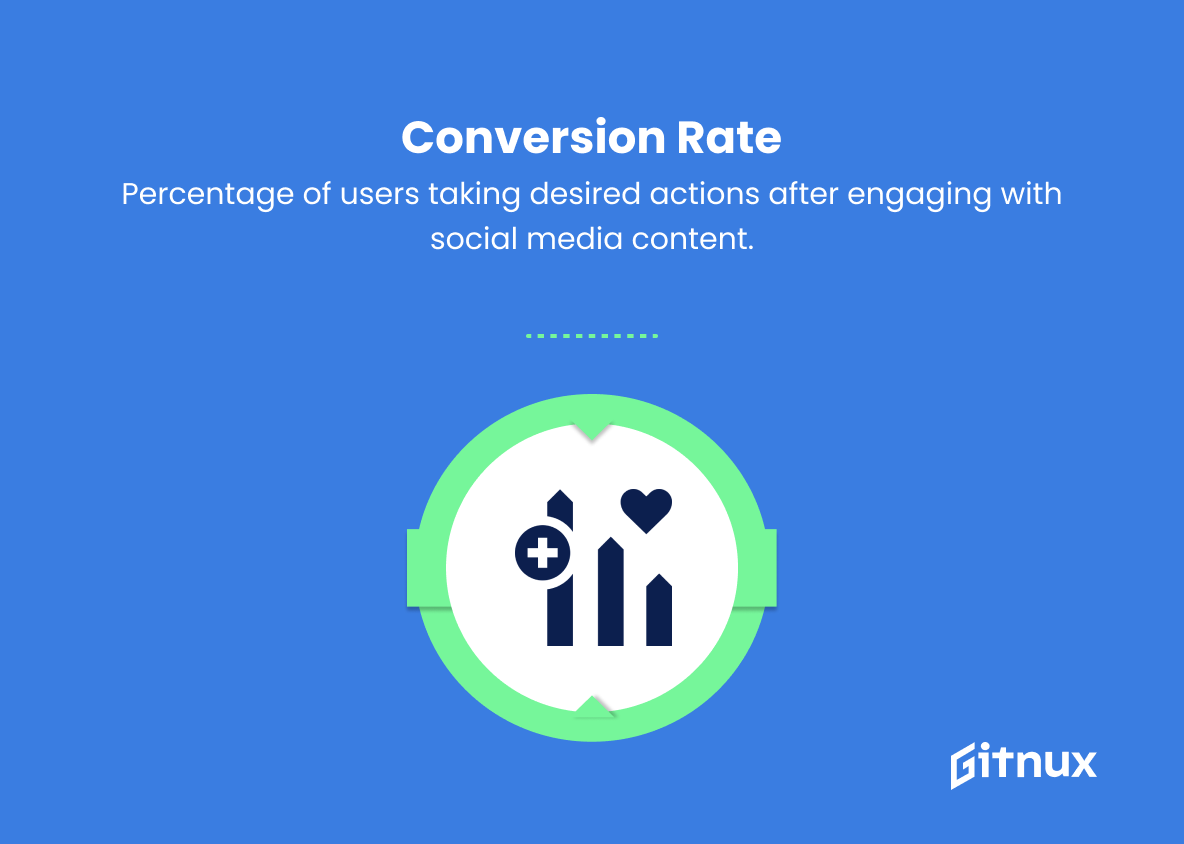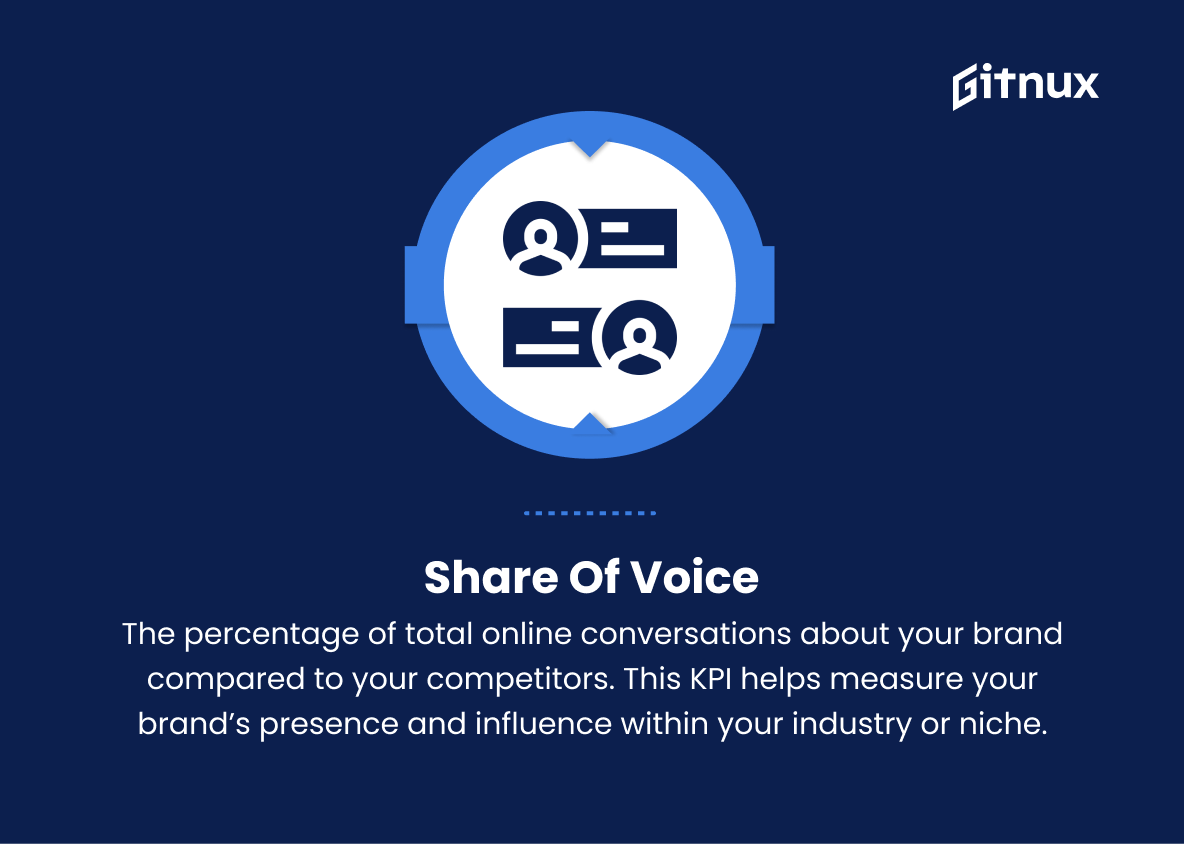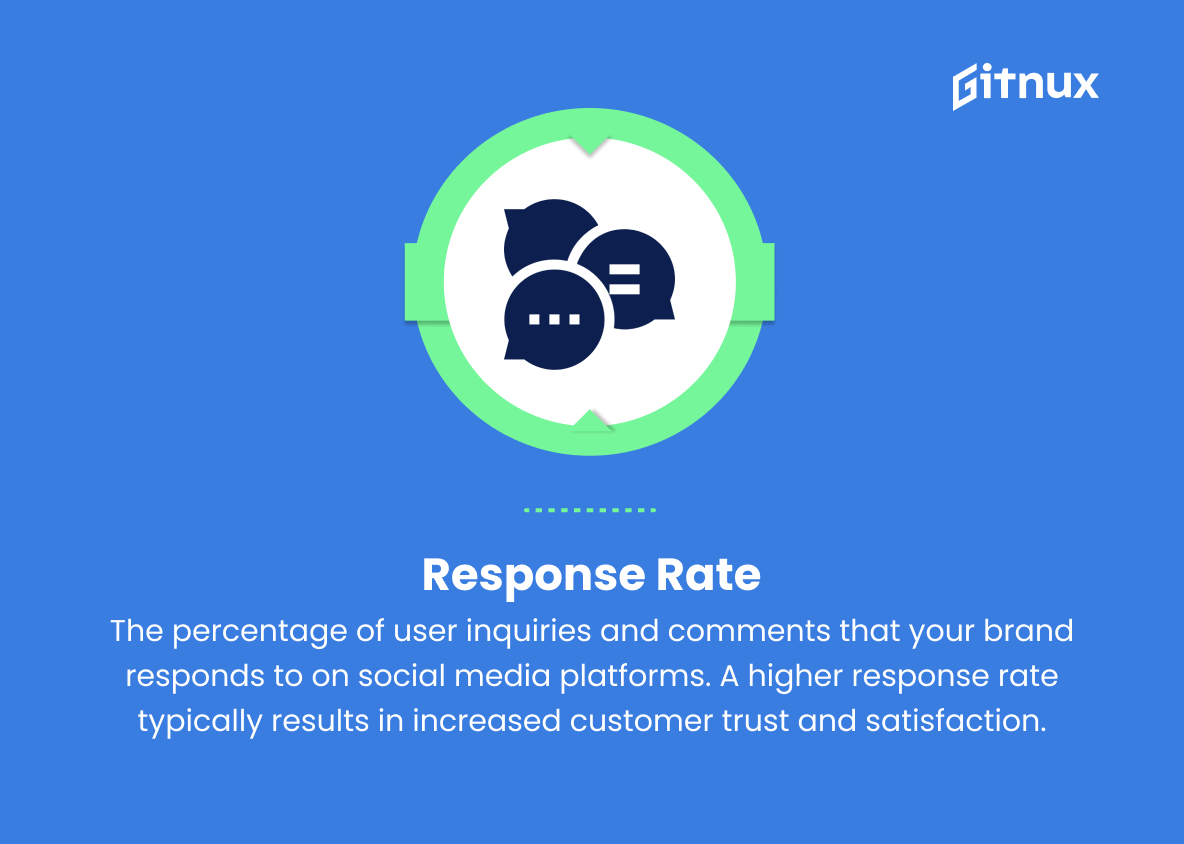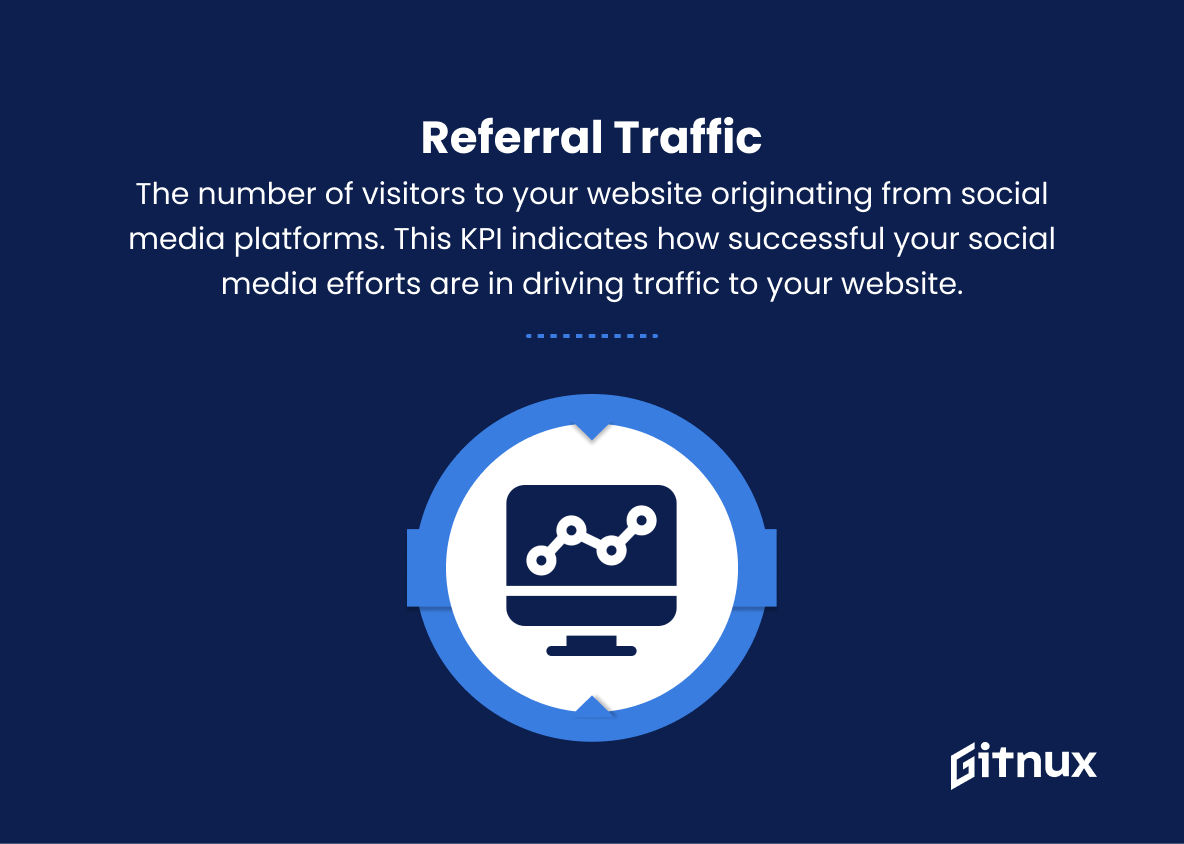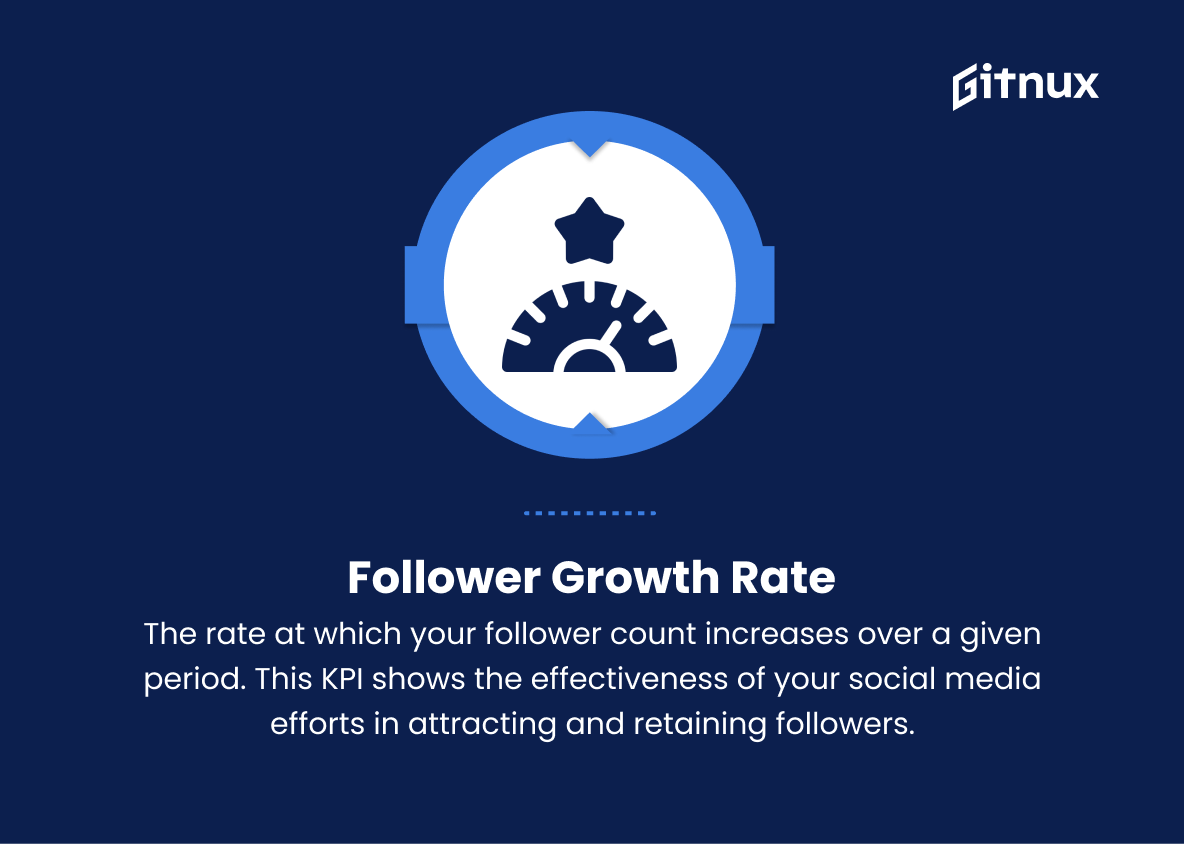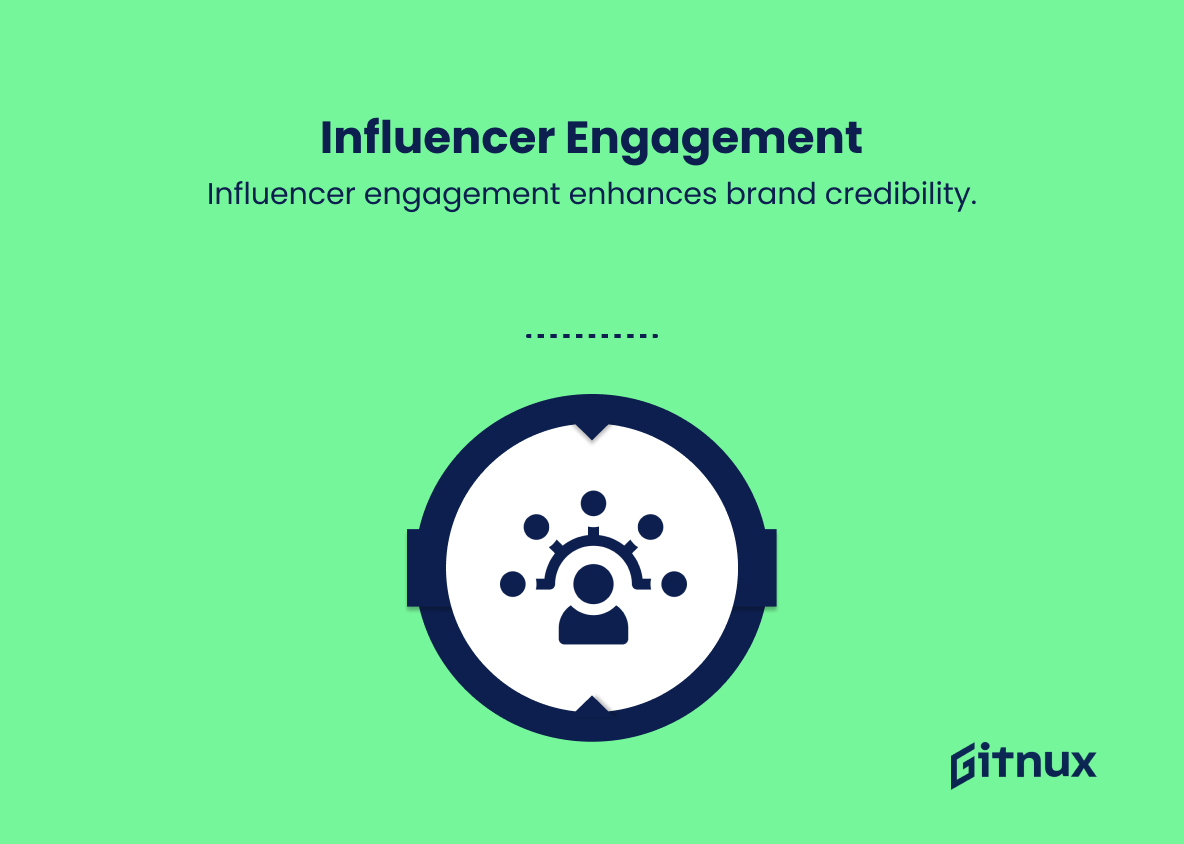In today’s digital landscape, social media has become an integral aspect of any business’s marketing strategy. As businesses invest their time, effort, and resources into social media platforms to reach their target audience, it becomes increasingly essential to measure the effectiveness of these efforts. Enter the world of Social Media Key Performance Indicators (KPIs), the quantifiable metrics that help businesses gauge the success of their social media campaigns and make critical decisions for future endeavors.
In this blog post, we’ll delve into the importance of Social Media KPIs, explore the most critical ones for your business to track, and provide insight into how these indicators can fuel your social media strategy for optimum impact and results.
You Should Know
1. Number of followers
This KPI measures the total number of people who have chosen to follow or like your social media profiles/pages. A higher follower count indicates a greater potential reach for your content.
2. Engagement rate
This KPI measures the level of interaction users have with your content, including likes, comments, shares, and other reactions. A higher engagement rate signifies that your audience is actively participating and valuing your content.
Conversion rate is the percentage of users who took a desired action (e.g., signing up for a newsletter or making a purchase) after interacting with your social media content.3. Impressions
The number of times your content is displayed on social media, regardless of whether it was clicked or not. This KPI helps in understanding your content’s visibility and reach.
4. Reach
The number of unique users who viewed your content. This KPI gives an idea of the potential size of your audience and the extent of your content’s dissemination.
5. Click-Through Rate (CTR)
The ratio of clicks on a specific link or content to the total impressions it received. A higher CTR indicates that users find the content interesting and relevant.
6. Conversion rate
The percentage of users who took a desired action (e.g., signing up for a newsletter or making a purchase) after interacting with your social media content. This KPI measures the effectiveness of your content in driving specific outcomes.
7. Share of voice
The percentage of total online conversations about your brand compared to your competitors. This KPI helps measure your brand’s presence and influence within your industry or niche.
Follower growth rate is the rate at which your follower count increases over a given period.8. Sentiment analysis
This KPI measures the overall tone of the conversation surrounding your brand on social media, whether it’s positive, negative, or neutral. Sentiment analysis helps you understand how your audience perceives your brand and what aspects may need improvement.
9. Response rate
The percentage of user inquiries and comments that your brand responds to on social media platforms. A higher response rate typically results in increased customer trust and satisfaction.
10. Referral traffic
The number of visitors to your website originating from social media platforms. This KPI indicates how successful your social media efforts are in driving traffic to your website.
11. Content sharing rate
The number of times users share your content (e.g., retweet, share, repost) relative to the total amount of content you produce. This KPI helps measure the shareability and value of your content to your audience.
12. Top-performing content
Identifying the pieces of content with the highest engagement, reach, or other metrics helps you better understand what resonates with your audience and can inform your content strategy.
13. Follower growth rate
The rate at which your follower count increases over a given period. This KPI shows the effectiveness of your social media efforts in attracting and retaining followers.
14. Influencer engagement
The level of interaction and relationship your brand has with key influencers within your niche. Collaborating and engaging with influencers can lead to increased visibility and credibility for your brand.
Social Media KPIs Explained
The importance of Social Media KPIs lies in their ability to provide valuable insights into the performance and effectiveness of a brand’s social media efforts. Key indicators such as the number of followers, engagement rate, impressions, and reach offer a clear picture of a brand’s potential audience size and content dissemination. Metrics like click-through rate, conversion rate, share of voice, and sentiment analysis help to understand user interest, brand relevance, and user perceptions.
Response rate, referral traffic, content sharing rate, and top-performing content further shed light on customer satisfaction, website traffic generation, shareability of content, and audience resonance with specific content types, respectively. Lastly, monitoring follower growth rates and influencer engagement adds significant value by reflecting the ability of a brand’s social media strategy to attract and retain followers, as well as gain credibility through collaborations with niche influencers. Overall, social media KPIs are crucial in shaping and refining a brand’s social media strategy to achieve desired outcomes and strengthen its position in the market.
Conclusion
In today’s digitally driven world, understanding and effectively leveraging Social Media KPIs is crucial for businesses to succeed. By carefully selecting the right KPIs and consistently analyzing data, organizations can make informed decisions, refine their social media strategies, and enhance customer engagement. Continuously monitoring and optimizing these KPIs will ensure that social media efforts are aligned with the overall business objectives and contribute to sustainable growth.
It is essential for organizations of all sizes and industries to stay agile and adaptive to the constantly evolving trends in social media in order to maintain a competitive edge and achieve long-term success.

